On September 28th, 2020 I was riding my E-bike on a mountain trail. I hit a slick spot, fell off my bike and my hip hit a rock. I was in a lot of pain, but continued my ride. When I returned home an hour later I rested my hip, applied an ice pack, elastic wrap, elevated the injury and stabilized it. (RICES). I applied ice for 1-2 hours at a time, followed by no ice for 1-2 hours. Nothing was applied at night. In the 1st 48 hours I followed this for 6-7 times total. After this, the bruise was still very dark (fig 1). At this point I decided to use light therapy (FireFly) and sustained acoustic medicine (SAM) to treat the injury.
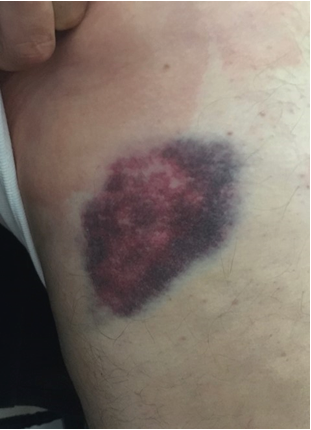
Figure 1: The bruise after 48 hours of RICES
SAM was applied at the following parameters:
-intensity (0.132W/cm2)
-duration (2 hours)
-frequency (3 MHz)
-joules (>9,000 per TX)
-total treatments (2 on Sat, 2 on Sun)
The parameters of the firefly were:
-duration (30 mins)
-blue and red light
Figure 2 shows the application of SAM to the area. Figure 3 shows the application of the FireFly light therapy patch. Figure 4 shows the bruise after the 2 Saturday treatments of SAM. Figure 5 shows the bruise after 4 treatments and Firefly. Figures 4 and 5 show the bruise after 4 treatments of SAM and FireFly. Both light therapy sustained acoustic medicine were effective in decreasing the darkness of the bruise. (Figs 2, 3, 4, 5).
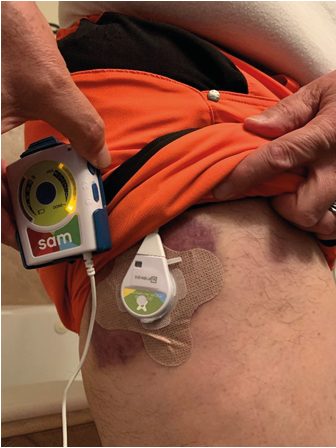
Figure 2: Application of SAM to the area
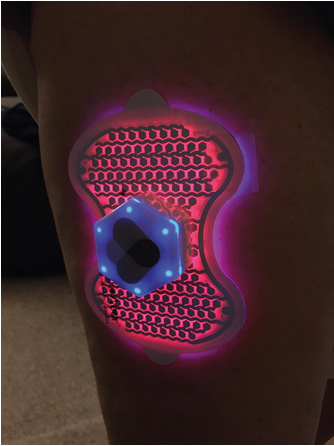
Figure 3: The light patch applied to the area
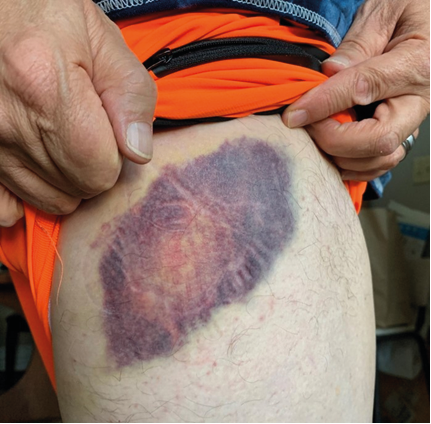
Figure 4: The bruise after 2 treatments of SAM and FireFly
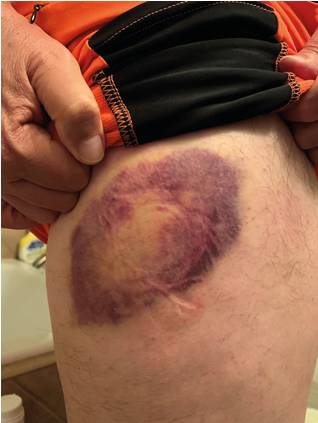
Figure 5: The bruise after 4 total treatments of SAM and the FireFly
I was in a lot of pain except when RICES, FireFly and SAM were applied. Ideally RICES should be applied within the 1st 10 minutes after the injury to prevent excessive pain and swelling. For decades RICES has played a big role in treating acute injury [1]. R stands for rest. I rested the injury by not biking or hiking for a few days. I stand for ice. Typically it is applied in a crushed form in a plastic bag. Even though many medical professionals disagree, the ice bag is applied directly on the skin. This will not cause frostbite unless a chemical cold pack is applied [2, 3, 4]. C stands for compression and is applied with an elastic wrap. It should not be applied at maximum compression, but at 75% of this [5]. E stands for elevation. Ideally the elevated structure should be above the heart. This can be applied by lying supine, with the leg rested on a pillow [1]. S Stands for stabilization and can be applied by taping the affected part, or by putting a brace on it [1].
SAM was created 15 years ago by George Lewis, PhD, while he was a doctoral student at Cornell. Today SAM is used by many professional sports teams in the U.S including: football, basketball, baseball, soccer, and ice hockey. SAM is classified as low-intensity therapeutic ultrasound (LITUS). The FireFly was created by Chris Castel 7 years ago. It is used by many professional sports teams in the U.S including: football, basketball, baseball, soccer, and ice hockey.
As shown by the figures, FireFly and SAM were both effective in decreasing pain, healing of soft tissue and bruises [6, 7]. One reason for this is that SAM was applied for 2 hours, whereas the FireFly was only applied for 30 minutes. The top amount of treatment time for the SAM is 4 hours. The top amount of treatment duration for the FireFly is 30 minutes. This is the first study that has used both FireFly and SAM in treating injuries. More research should be performed comparing SAM and the FireFly.
- Draper DO, Jutte LS, Knight KL (2020) Therapeutic Modalities: The Art and Science. 3rd edition. Wolters Kluwer, Baltimore 91.
- Karren KJ, Hafen BQ, Limmer D (2004) First-aid for Colleges and Universities. 8th edition. New York, NY: Pearson, Benjamin Cummings.
- Mirkin G (1980) Hot and Cold: when to apply each to a running injury. Runner 22: 23.
- Prentice WE (2006) Arnheim’s Principles of Athletic Training. 12th ed St. Louis, MO: McGraw-Hill.
- Varpalotai MA, Knight KL (1991) Pressures exerted by elastic wraps applied by beginning vs advanced student athletic trainers to the ankle vs the thigh with vs without an ice pack. Athl Train 26: 246-250.
- Langer MD, Levine V, Taggart R, et al. (2014) Pilot clinical studies o long duration, low-intensity therapeutic ultrasound for osteoart Draper DO. Low intensity ultrasound for promoting soft tissue healing: a systematic review of the literature and medical technology. Intern Med Rev 2 (11):1-13





